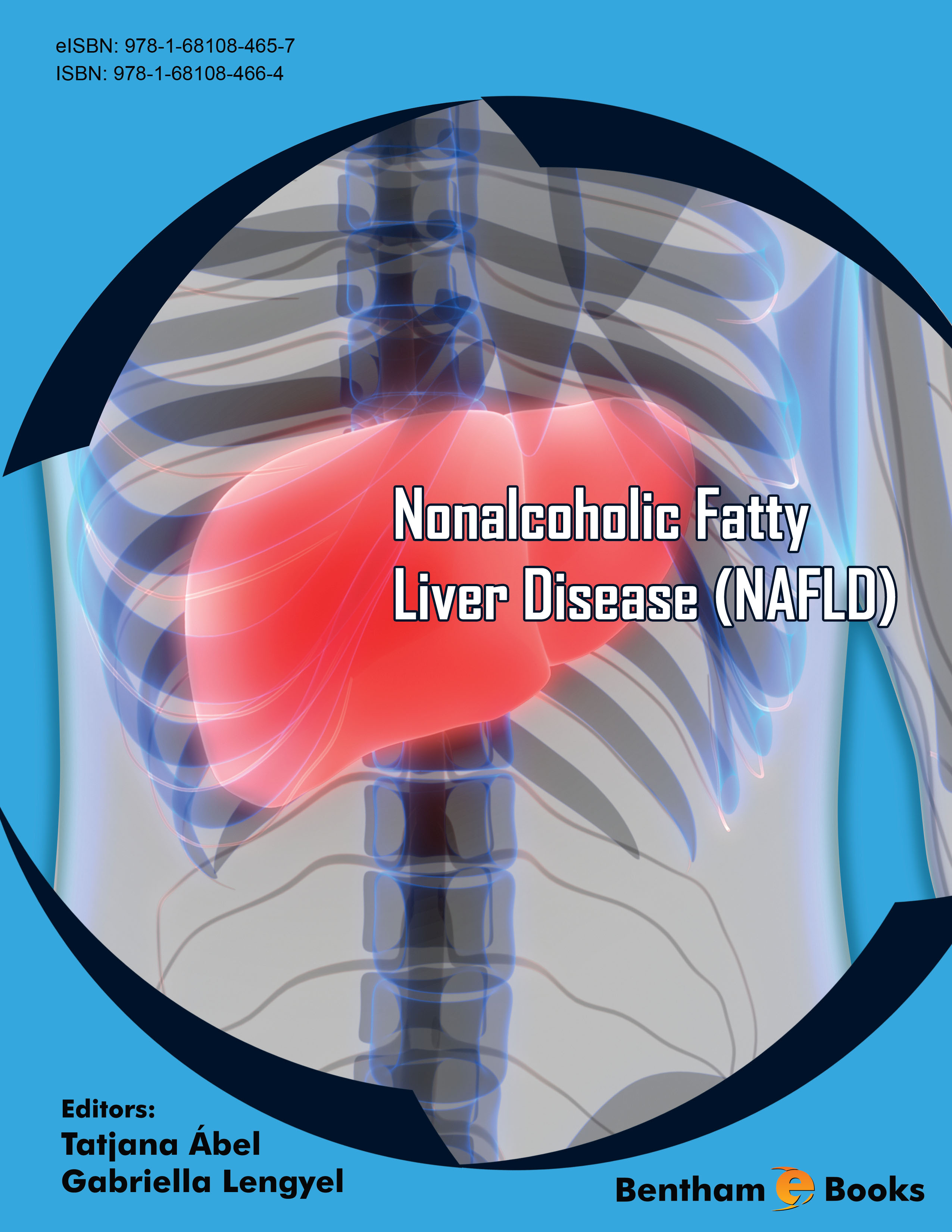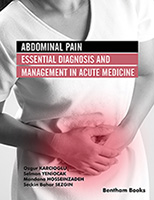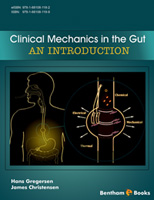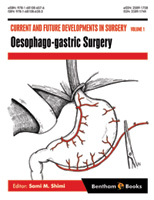Foreword
This book has attempted to deal with the non-alcoholic fatty liver disease (NAFLD) as well as the pathogenesis of it. Hepatocellular carcinoma (HCC) is a well-known complication of NASH, therefore, the prevention and treatment of NAFLD and its complications as early as possible have an outstanding importance. NAFLD refers to a wide spectrum of liver injury, ranging from simple steatosis to non-alcoholic steatohepatitis (NASH), advanced fibrosis and cirrhosis. NAFLD is associated with insulin resistance, type 2 diabetes mellitus.
This e-book has 9 chapters, where the diagnosis of NAFLD was detected either by imaging or histologically. They can be used to follow up the progression of the disease, monitor the efficacy of potential therapies and compare different studies.
One of the chapters deals with ultrasound (the non-invasive method), having a sensitivity of approximately 85% and specificity of 94% for the detection of moderated fatty liver. Magnetic resonance imaging (MRI) and surrogate markers Fatty Liver Index (FLI) have gained attention.
After reviewing these topics, the chapter provides a brief overview of the clinical characteristics, screening, and novel opportunities in the chemoprevention of NAFLD-related HCC. Special MRI sequences (Chemical Shift Imaging, Fast SE Imaging, elastography, spectroscopy) are capable of providing comparable results on biopsy. In contrast to biopsies, these methods provide a non-invasive way of giving a representative assessment of the whole liver. Additional therapeutic possibilities of the future may target antioxidant defense, immune–mediated mechanisms, apoptosis, and lipogenesis.
NAFLD has high prevalence in obese children, which has serious consequences without treatment.
This e-book draws the attention towards the fact that early intervention is most important when NAFLD is diagnosed, which should include early lifestyle modification (nutrition and physical activity, avoidance of smoking).
I feel that the students and medical doctors should have some Knowledge of these important concepts. I believe this is necessary in view of the importance of this system in clinical medicine.
Erzsébet Fehér
Semmelweis University
Budapest, Hungary





